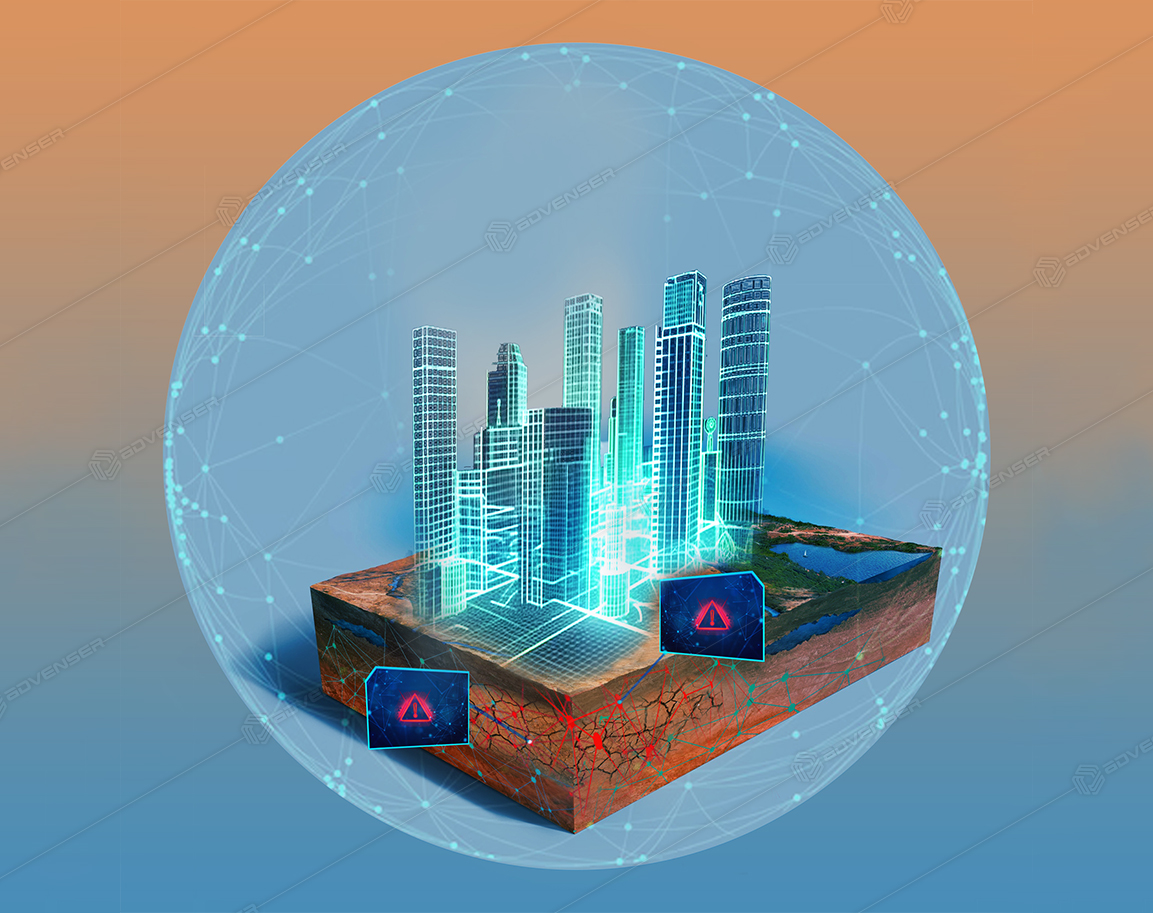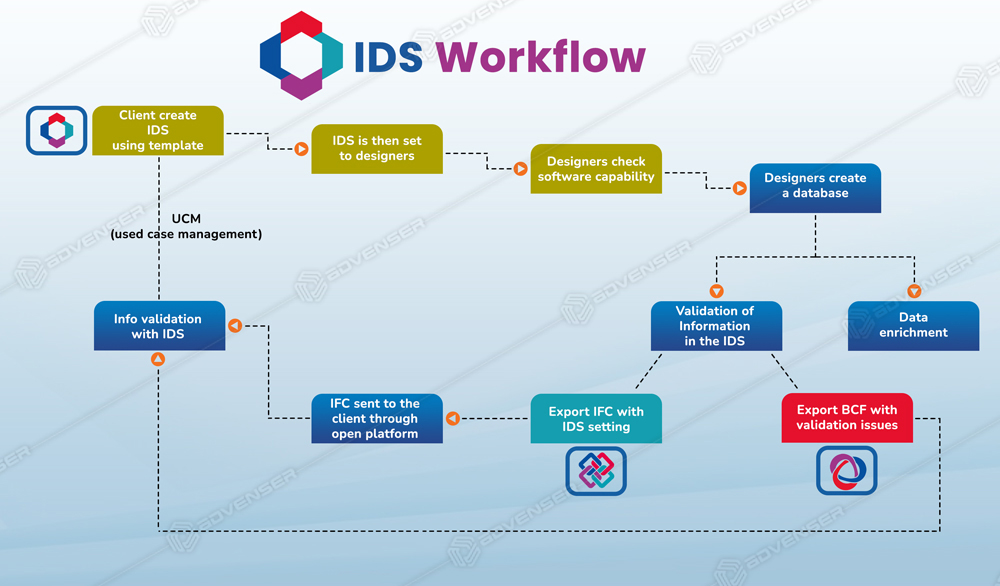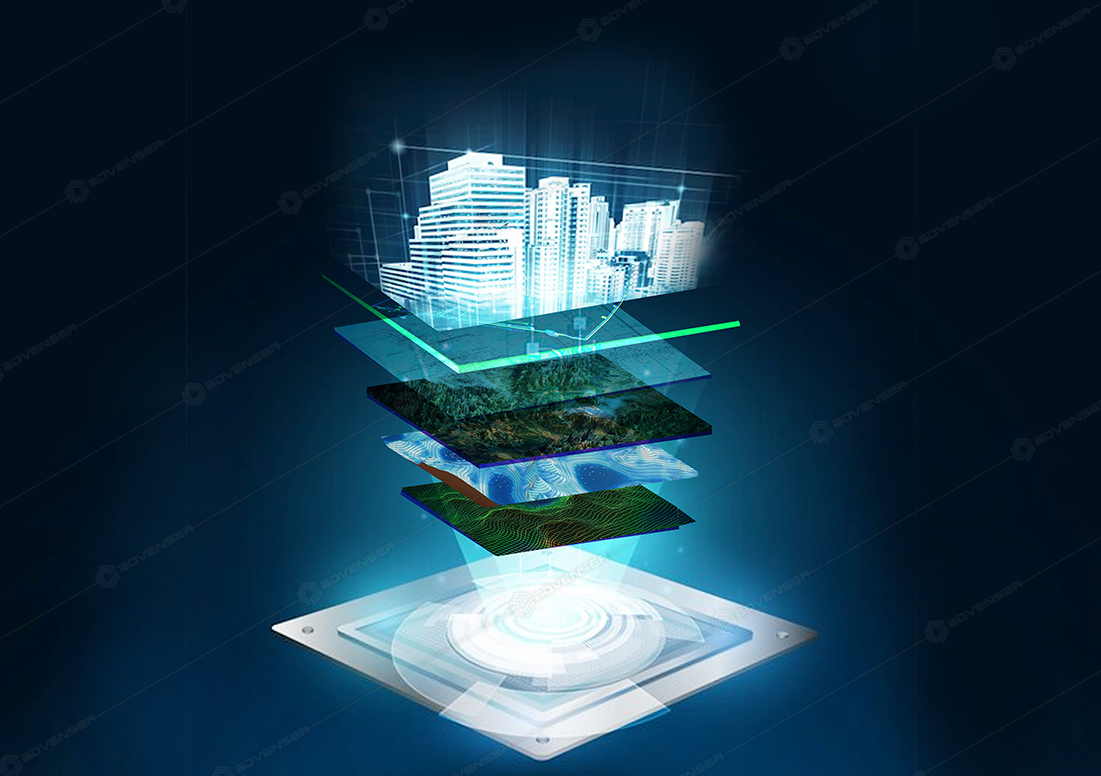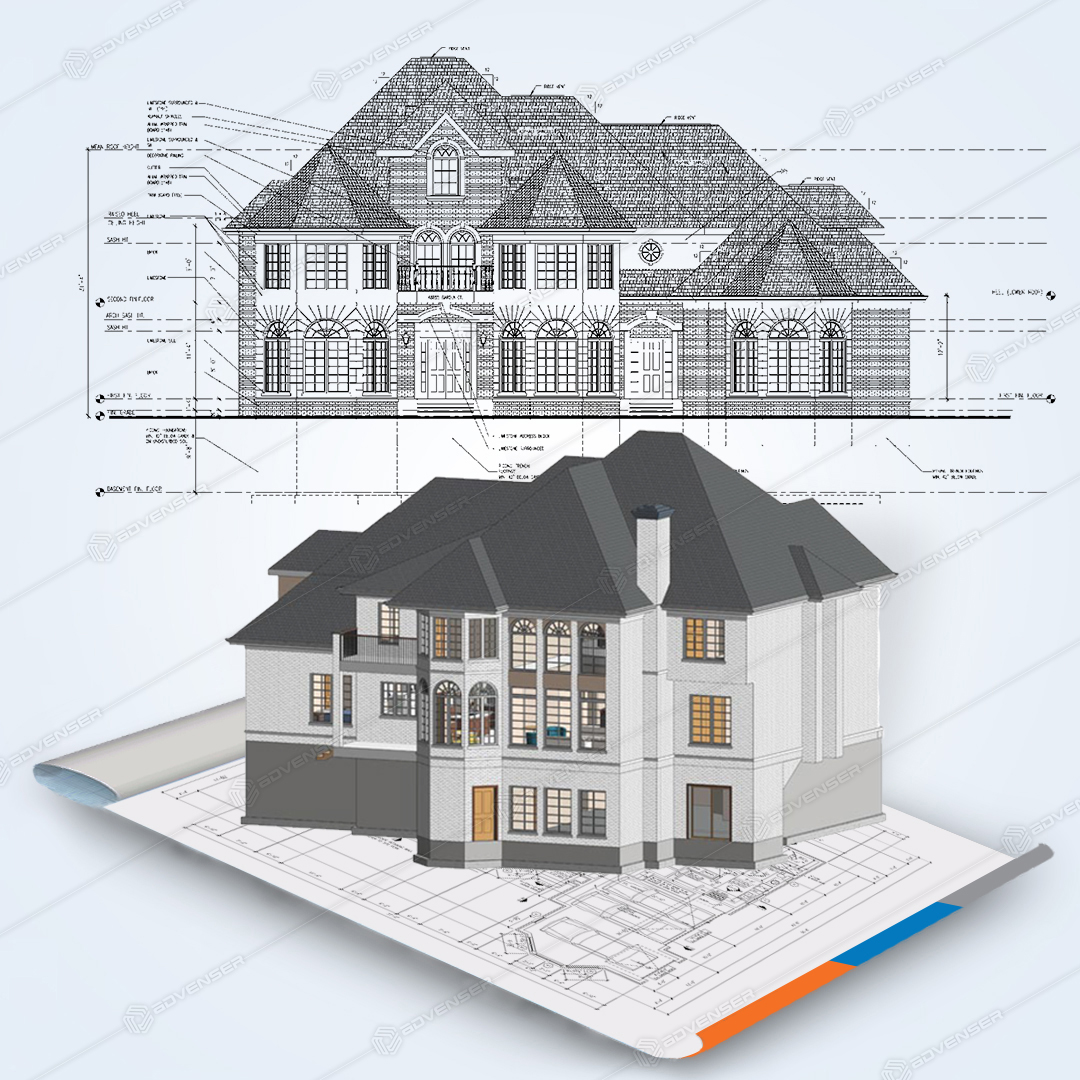The only way for us humans to be adaptive in this planet is to take inspiration from the models of the species that have preceded us for billions of years
What is Biomimicry?
Biomimicry is the art of taking inspiration from nature’s time-tested patterns and strategies to seek sustainable solutions to the challenges faced by humans.
Since the emergence of the first life form on this planet, nature has been engineering itself. It is this self-engineering that jump-started the whole process of evolution.
Having a closer look at the ways the species around us adapt, be it the Alaskan wood frogs that freeze their body solid to survive temperatures as low as -80 degrees Fahrenheit
or
The cuttlefish that can detect how much light is being absorbed into the environment and use this information to blend into their surroundings.
Shows that animals, microbes and plants are far superior to us humans when it comes to being consummate engineers.
“Nature is full of astounding things patiently waiting for our wits to grow sharper”
Be it the changing colors on a butterfly wing, the motion of an insect joint or the self-cooling towering structures build by the termites. These functioning prototypes were here all along it was just a matter of recognizing them and studying them.
Biomimicry is all about recognizing these wonders of nature, studying them and replicating them to sustainably solve the issues faced by us humans!
Biomimicry is more than just good design!
Biomimicry has a lot more to offer than just good designs and innovative engineering solutions. It can enable us to seek inspiration from nature to help us organize political movements and relationships that seek resilient communities.
“There are no better models when it comes to being better adaptive to this planet than the models set by species that have preceded us for millions of years”
.
– Janine Benyus, Founder of The Biomimicy Institute
Let’s keep aside the social political benefits of biomimicry and focus on how biomimicry has influenced one of the engineering marvels of today’s world
Japan’s Shinkansen bullet train and the beak of a Kingfisher
When Japan’s Shinkansen bullet train began its’s operation in 1989 it had a serious problem. The train was fast, like way too fast as it was pushing at 270kmph. Though the train was designed to be fast there was a problem the engineers hadn’t anticipated.
The Shinkansen mostly passes through the densely populated areas and the noise started to become a big issue. Every time the train entered and exited a tunnel there was a sonic boom that was way higher than the sound limits set in populated areas.
| These sonic booms could be heard as far as 400 meters
The Japanese railways had to find a solution to mitigate the noise pollution and a team of design engineers led by The General Manager of technical development Mr Eiji Nakatsu was formulated to design a train that was quitter, faster and more efficient.
Mr Eiji Nakatsu was an ardent bird watcher and a naturalist. He knew that the solutions for his problems were there hidden in his surroundings and all he needed to do was to keep his eyes open and identify them.
It didn’t take Mr Eiji Nakatsu too long to identify the solution! The entire train was redesigned and when it began its operations in 1997 it was 10% faster, used 15% less electricity compared to the older design and most importantly the noise stayed under the set 70dB mark.
So how did he do it?
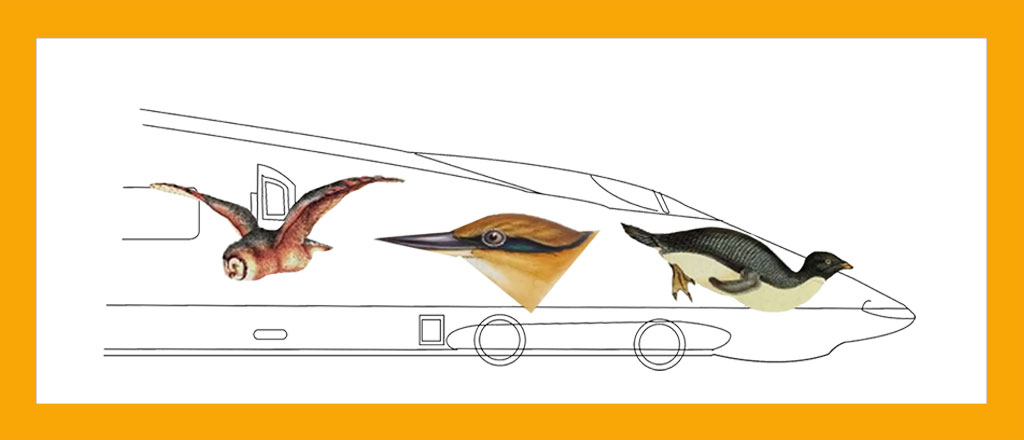
Mr Eiji Nakatsu being an ardent birdwatcher, the redesigned bullet train had components whose design were inspired from birds!
He came up with three revolutionary innovations,
- Designing the pantograph (The rig that connects the train and the overhead power lines) after the feathers of an owl known for its stealth.
- The belly of an Adelie penguin, known for effortlessly sliding and swimming inspired the supporting shaft of the pantograph causing lower wind resistance.
- Taking inspiration from the beak of a kingfisher to design the nose of a train.
There are umpteen number of examples of design ideas being inspired by nature such as
- Better ventilation systems inspired by the burrows of prairie dogs
- Creating bacteria resistant coating for hospital walls taking inspiration from shark skin
- Self-cleaning paint inspired from the leaves of a lotus
- Mimicking the texture of the eyes of a moth to enhance the efficiency of solar panels
- Taking inspiration from termite mounds to design self-cooling buildings such as The east gate complex in Zimbabwe
- Vaccination needle designs inspired from the quills of a porcupine
- Adhesives inspired from the sticky feet of a gecko
The current state of bioinspired innovation – Is the industry thriving?
Industries dependent on biomimetic innovation are not alien to the challenges faced by other industries. Biomimetic innovations such as PAX Scientific’s Lily Impeller did not become a success in the market overnight. Similar to any other form of innovation, years of research, design and development, investment, financial risk & market acceptance haunts the biomimicry industry.
Compared to the traditional industries the only upper hand a biomimetic innovation has is that it provides a unique opportunity to create products and processes that are inspired by designs that are proven by nature.
According to a study published by the Fermanian Business & Economic Institute shows that there has been an increase in the biomimetic industry. The studies predict that biomimicry could account for approximately $425 billion of the U.S. GDP by 2030.
It is forecasted that biomimicry could positively impact the construction industry, building construction, cement and concrete, chemical manufacturing, and power generation, distribution, and storage industries
Biomimicry – The key to unlocking the doors of sustainability!
It is time for us to look beyond what we just see around us, we need to keep our eyes wide open. The secrets for a sustainable future is right there in front of us. The question lies in whether we are seeing it or not??
Because, if we cannot find answers for a sustainable world on this planet that has nurtured millions of lifeforms, where else are we going to find them?
All we need to do is to mimic the intelligence we see around us and the future shall be nothing short of beauty!




